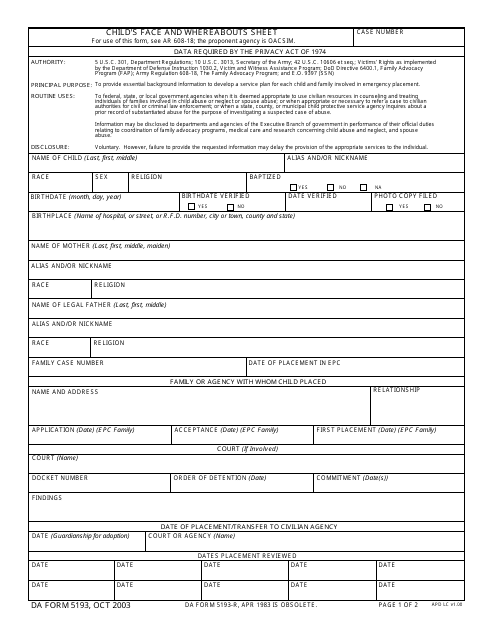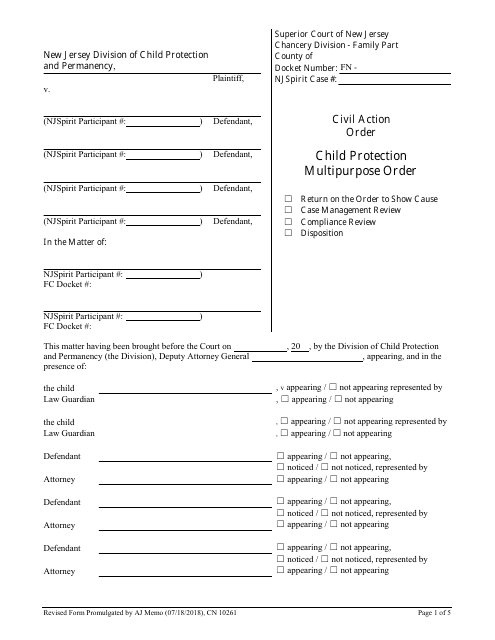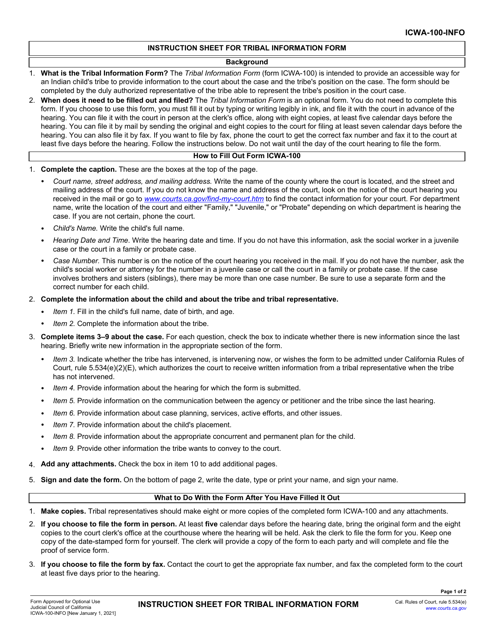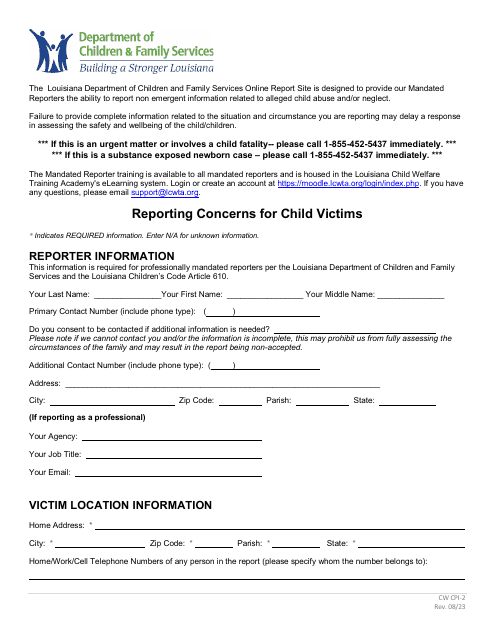Child Protection Laws Templates
Child protection laws are a critical aspect of any society, designed to safeguard the wellbeing and welfare of children. These laws aim to prevent and address various forms of child abuse, neglect, exploitation, and endangerment. Child protection laws ensure that children are provided with a safe and nurturing environment, free from harm.
With the goal of promoting the best interests of children, child protection laws encompass a wide range of documents and legal instruments that govern child protection processes. These documents include forms, petitions, orders, and guidelines that guide the actions and interventions necessary to protect vulnerable children.
Child protection laws are sometimes referred to as child welfare laws or statutes related to child rights. These laws outline the rights and responsibilities of parents, caregivers, and the state in ensuring the safety and welfare of children. They provide a framework for reporting and investigating cases of child abuse, establishing child protection agencies, and facilitating legal interventions, such as removing a child from an unsafe environment or placing them under protective custody.
One example of a document within this group is the "DA Form 5193 Child's Face and Whereabouts Sheet," which is used to capture vital information about a missing child, helping law enforcement agencies in locating and recovering the child. Similarly, the "Form 10261 Child Protection Multipurpose Order" in New Jersey provides legal protection for children who may be at risk of harm, allowing judges to issue orders to ensure their safety.
Across different states, documents like the "Form CHP302 Child in Need of Protection or Services Petition" in Minnesota and the "Instructions for Form ICWA-100 Tribal Information Form" in California are crucial in initiating legal proceedings to safeguard children's welfare. Additionally, the "Form CW CPI-2 Reporting Concerns for Child Victims" in Louisiana enables individuals and professionals to report their concerns and suspicions regarding child abuse or neglect.
Child protection laws encompass a comprehensive set of legal provisions aimed at ensuring the safety and well-being of children. They are instrumental in addressing child abuse and neglect, providing the necessary framework for reporting, investigating, and intervening in cases involving vulnerable children. These laws are vital in creating a society that prioritizes and protects the rights of its youngest members. Protecting children is a collective responsibility, and child protection laws play a pivotal role in fulfilling this duty.
Documents:
5
This form is used for recording information about a child's face and whereabouts in the military.
This Form is used for obtaining a Child Protection Multipurpose Order in the state of New Jersey. It allows the court to take necessary actions to protect a child from abuse or neglect.
This Form is used for providing tribal information in California as required under the Indian Child Welfare Act (ICWA). It provides instructions on how to fill out the form accurately.





